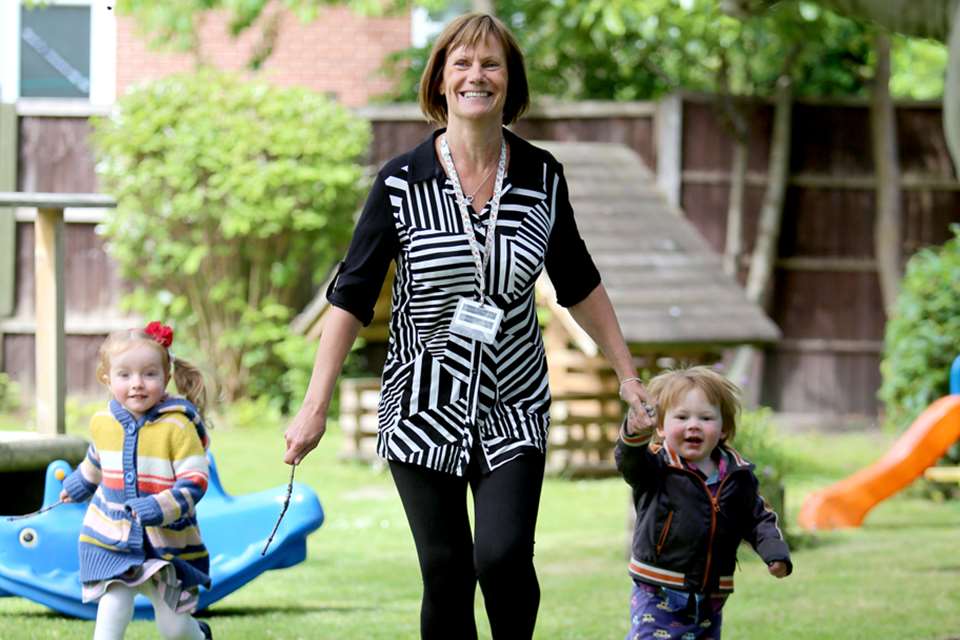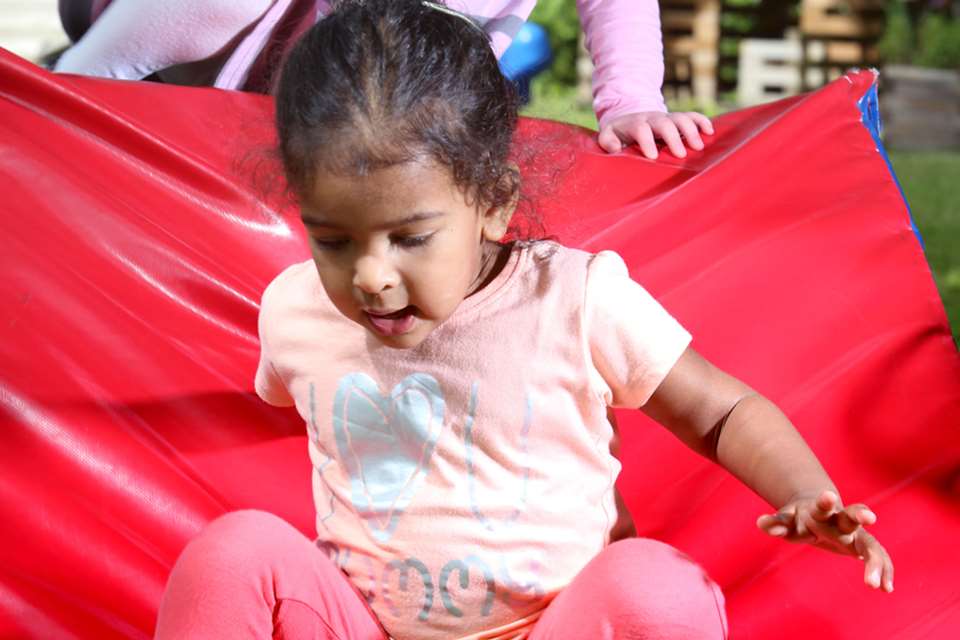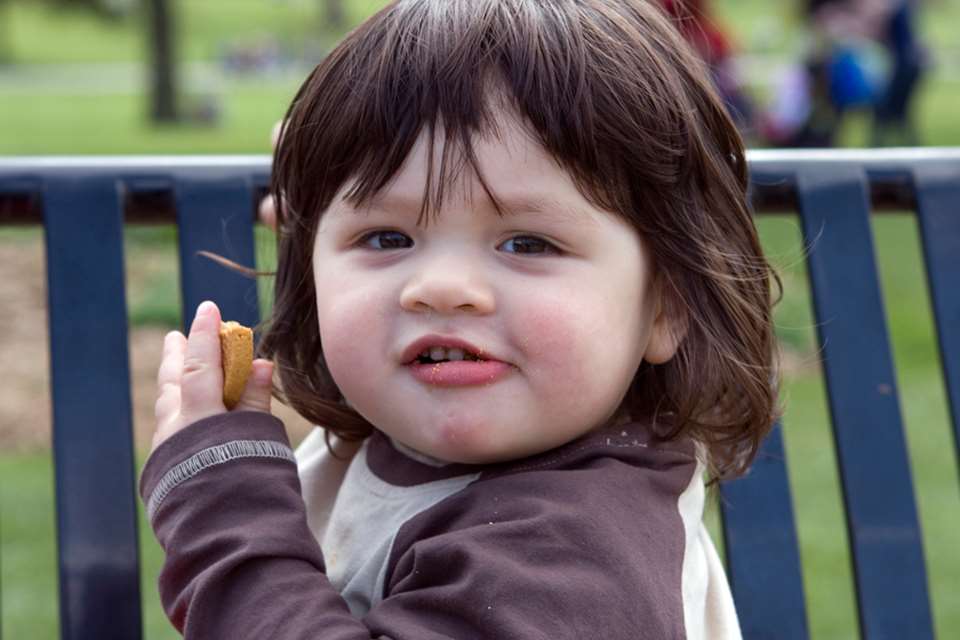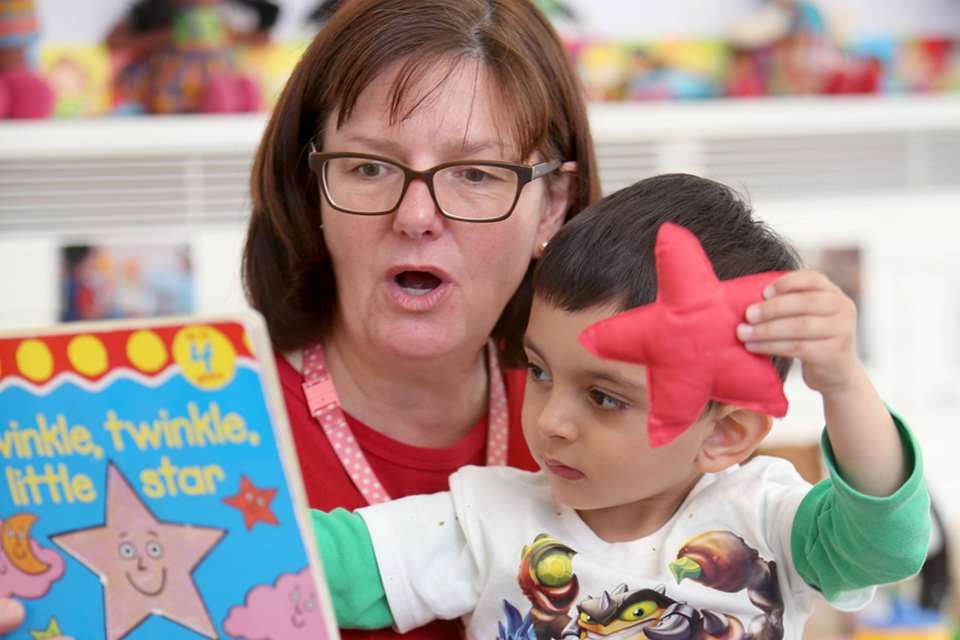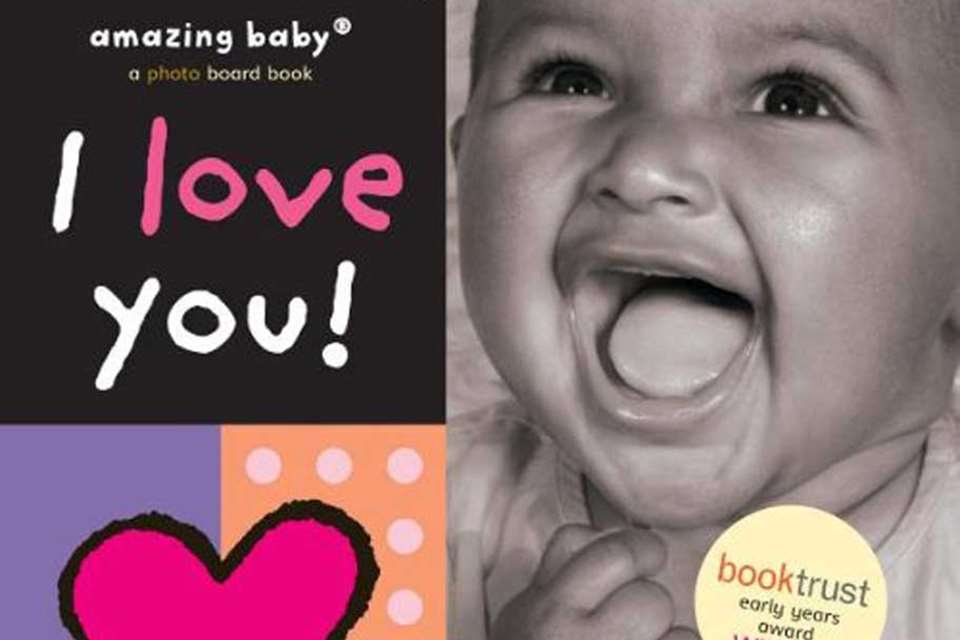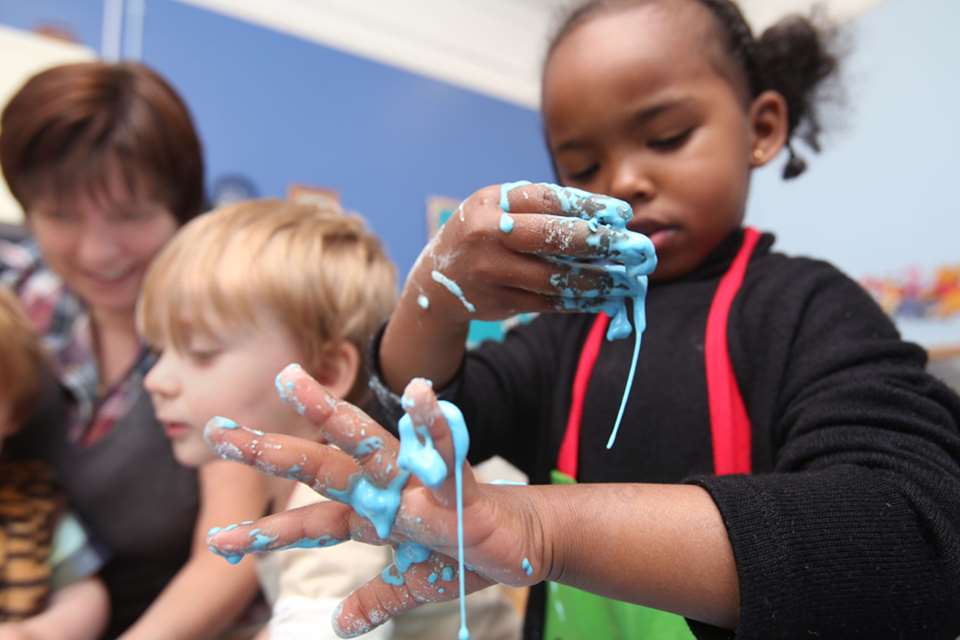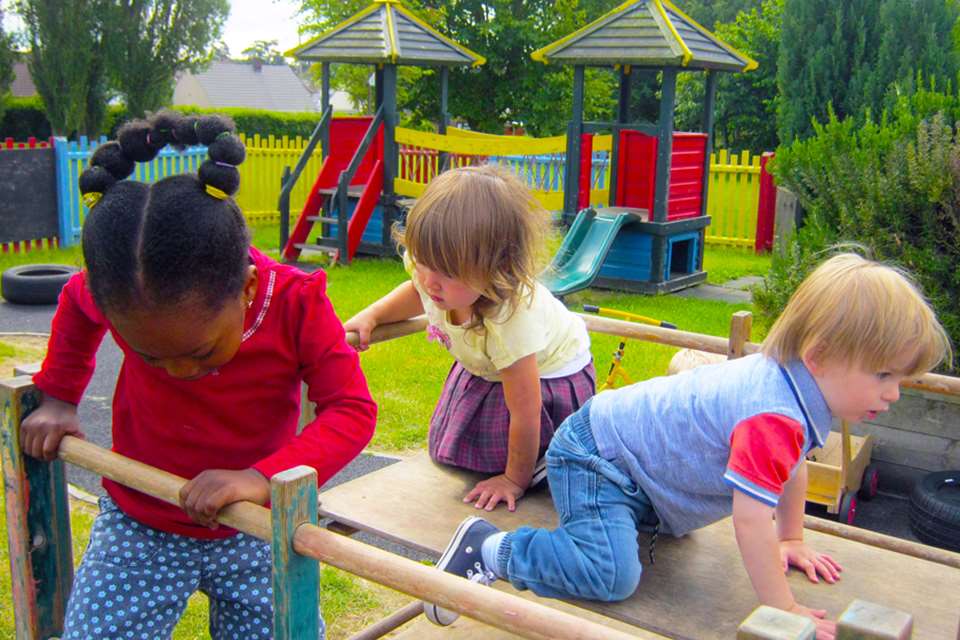Learning & Development: Maths - Try for size
Judith Stevens
Monday, June 29, 2015
The foundations for mathematics should be laid early, but what is an appropriate approach for supporting the under-threes? Judith Stevens looks at creating enabling maths-rich environments

How children learn about numbers and develop mathematical understanding during the pre-school years is vitally important and sets them on a path towards numeracy skills and confidence in later life. In 2013/14, 28 per cent of children in England failed to achieve the expected level in mathematics at the end of the Early Years Foundation Stage (EYFS) (Department for Education, 2014), and once children fall behind they often continue to do so throughout school.
But the issue with the teaching of mathematics doesn't begin in the Reception year, or even when children reach their third birthday; the foundations for mathematical learning need to be laid much earlier.
The statutory Guidance for the EYFS (point 1.6) states: 'Practitioners working with the youngest children are expected to focus strongly on the three prime areas, which are the basis for successful learning in the other four specific areas. The three prime areas reflect the key skills and capacities all children need to develop and learn effectively, and become ready for school.'
Now, while the premise that 'practitioners working with the youngest children are expected to focus strongly on the three prime areas' is very sound, it has sadly meant that in some settings the four 'specific' areas of learning and development, including mathematics, have been marginalised, or sidelined.
Furthermore, as last year's report by the All-Party Parliamentary Group (APPG) for Maths and Numeracy points out, 'the quality of maths learning varies substantially in early years settings and this often depends on the qualifications and attitudes of the practitioners' (see 'Early years "failing" children at maths', Nursery World, November 2014).
The APPG report also notes that 'there remains a concern that there is much emphasis on "counting on" and rote learning, at the expense of developing early number sense and understanding the meaning of numbers'.
I am privileged to visit many early years settings and talk to many engaged and enthusiastic practitioners, and it is clear that many are confused about how best to plan for mathematics with children aged under three. This lack of confidence sometimes leads to an inappropriate focus on 'tangible' aspects of maths - such as colour, numeral recognition and shape names.
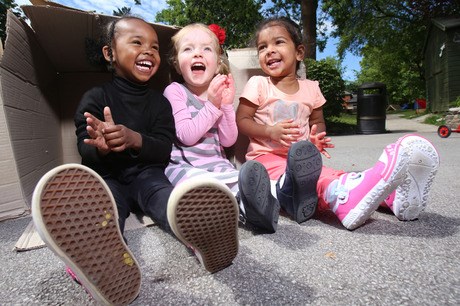
WHAT SHOULD YOU FOCUS ON IN EARLY MATHS?
When planning to support mathematics, leaders, managers and practitioners need to reflect on the ways in which children learn and ensure both provision and practice are informed by this. The huge challenge is to provide a simulating environment for our youngest children, which supports their continuing development as confident mathematicians through active learning as they are playing and exploring.
Practitioners working with very young children need to have an understanding of how young children deve- lop their understanding of shape, space, measures and numbers. It is vital to observe children to see what they can do and what really interests them, in order to build on this. A huge part of the practitioner role at this stage is modelling the use of mathematical vocabulary, in meaningful contexts, but not expecting children to use the words themselves.
Babies
Babies' early awareness of shape, space and measures grows from their sensory awareness and opportunities to observe objects and their movements. Everyday activities, interesting objects and toys can provide mathematical opportunities for babies. Children's understanding of number starts from birth and develops gradually.
Babies as young as five months are aware of quantities and notice chan- ges in amounts of objects. They need opportunities to play with real objects and experience 'hiding games'.
If you show a sitting baby three teddies they like, then hide them behind your back and pull out just two, most babies will look for the missing teddy. So, explore a group of three interesting objects together and then hide one or two under a blanket, cloth or cushion. As children get a little older (over six months) increase the number of objects to explore and hide, supporting children as they begin to hide objects themselves.
One to two years
Between one and two years, many young children begin to categorise objects - putting teddies together or bricks together. They respond to words and phrases such as 'more' or 'all gone'. They like filling and emptying containers, 'posting games', building blocks and knocking them down.
So now is the time to model vocabulary such as 'the same as' and 'different from', 'big', 'little' and 'lots'. This is also the time to introduce simple number rhymes and use them on a daily basis - a favourite is often Two Little Dicky Birds. The emphasis at this stage is joining in with the rhyme, not the number names and certainly not counting in order by rote (one, two, three, four ...).
CREATE MATHS-RICH ENVIRONMENTS
It is vital to ensure that the early years environment is rich in mathematical opportunities for very young children. But this doesn't mean swamping your setting with numbers.
Numbers
Numeral recognition is only one aspect of number, and the least important aspect of maths learning for the under-threes. Learning to count is also a slow and complex process for children. However, many practitioners, and parents, focus immediately on rote counting and frequently ask young children the seemingly 'simple' question 'How many cars are there?'
But this really isn't a simple question at all, and young children need lots of experience, knowledge and skills to answer such a question. Every practitioner will at some time have heard the response 'One, two, three, four, five' and then asked again 'So how many are there?', only to hear again 'One, two three, four, five'.
Research by Gelman and Gallistel first generated counting principles, which continue to inform practitioners. As children's counting skills develop, they will begin to understand counting principles:
One-to-one correspondence – when children touch or point to each object individually as they count and match a number to each object that is being counted.
The need for stable order – children will gradually find out that numbers need to be said in the same order.
Abstraction – children may begin by counting objects like cars 'in the here and now', in front of them, but they will also realise that many things can be counted, as they can count claps or jumps too.
Order irrelevance – when counting a group of objects in a random layout, it doesn't matter where you start. Whether you start at the top, bottom, middle, or edges, the result is the same as long as each item is counted once.
Cardinality – understanding that the last number counted indicates how many things are in the set.
However, while learning to count is complex, this doesn't mean that 'enabling environments' for under-threes have to be number-free zones. Rather, they should reflect the numbers that children and their families see in real-life everyday situations, such as birthday cards, bus numbers, street signs and door numbers.
When children do begin to use number names in order, and then count objects, practitioners need to watch and listen to be aware of the strategies that the child is using and any 'pitfalls' they are falling into - for example, skipping numbers, repeating numbers or not knowing where to stop. Only by observation can practitioners support children's growing understanding of number.
Everyday objects
However, a truly mathematically enriched environment is one in which practitioners are aware of the mathematical potential of everyday objects and of the mathematical awareness that under-threes will start to develop (the distance to the bottom of the garden, the size of a cardboard box, or the amount of water to put in paint) through these resources, their play and experiences. There are some essential ingredients that young children need for this, as below.
- Opportunities to move around with an adult, indoors and outdoors.- Floor-based play, with lots of tummy time, rolling and kicking.
- Things to explore, investigate and move.
- Support to 'cruise around' and stand up.
- Containers to empty and blocks to knock down.
- Things to go under and inside - hidey holes and huge empty boxes.
- Cloth books and board books with clear photographs.
One to two years
- Bricks and blocks to build up and knock down.
- Opportunities to make marks - in damp sand, finger paints, water and
big brushes.
- Opportunities to tidy up - teddies in a basket, trucks in a box.
- Balls to roll and bounce.
- More things to go inside - boxes, tunnels, blanket tents.
- Cups, bottles, jugs, pots and pans to fill with water and sand.
- Playdough to roll, squeeze and stretch.
- Shoes, socks, boots and gloves to sort and talk about.
- Early number books.
Two to three years
- Skittles to knock down, balls and bean bags to throw in buckets.
- Bricks to fit together and blocks to stack.
- Huge mark-making opportunities.
- Posting shapes and inset puzzles.
- Collections to support number rhymes.
- Large and small containers and items to explore and sort.
- Role-play shopping opportunities - real vegetables and bags and
baskets.
- Number and shape books.
]]


